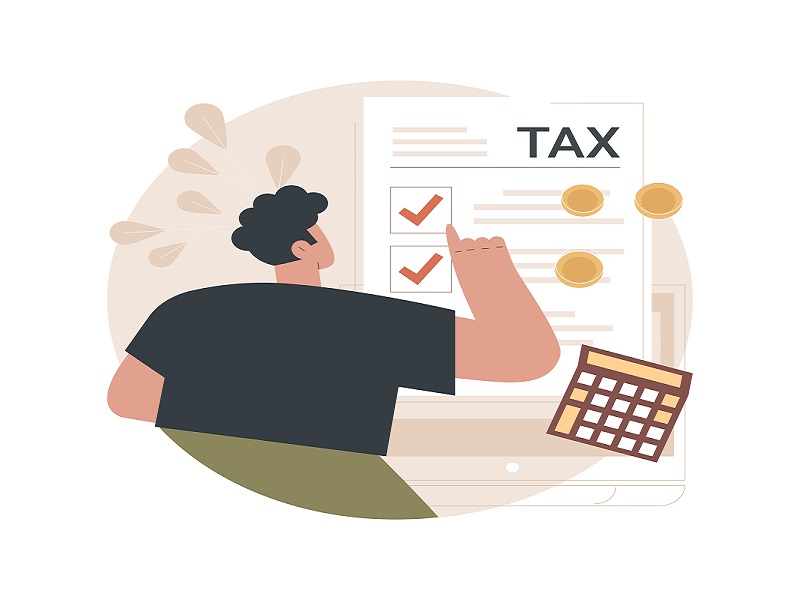The Buyt Desk
Right Investment can help you in saving income tax under the Chapter VIA of the Income Tax Act. There are various deductions that can be claimed under Section 80C, Section 80CCC, 80CCD & Section 80D that will reduce your income tax obligation. But do watch out for associated risks and understand the returns.
If you’re a small investor, you must take into account the tax-saving investment that offers tax exemption benefits and helps in earning tax-free income. Start investment in the starting quarters of the financial year to sensibly plan and enjoy the maximum ROI (returns on investment) from numerous investment options.
Invest in tax-saving instruments
Tax calculations depend on what is submitted by an employee and then taxes are deducted accordingly. One can claim a duction of Rs 1.5 Lakh in a financial year by various investments under Section 80C of the Income Tax Act. An additional Rs 25,000 to 50,000 can be saved by buying health insurance.
Let’s look at some of the best tax-saving instrument options.
-
PPF (Public Provident Fund)
This is a long-term tax-saving investment option that helps investors to have a financial cushion after retirement. This scheme’s interest rate resets every quarter. All the contributions made towards this scheme, earned interest, and maturity proceeds, are tax exempted. PPF has 15 years maturity period with an extended duration of 5 years. A maximum of INR 1.5 lakhs can be claimed under section 80C of the Income Tax Act.
-
NPS (National Pension Scheme)
This scheme provides a pension to an investor from his or her retirement age. Investments made in this scheme are eligible for deduction under Income Tax Act’s Section 80CCD (1). A maximum deduction of INR 1.5 lakhs can be claimed. The minimum contribution amount is INR 500 while there is no maximum limit.
-
Equity Linked Savings Scheme (ELSS)
This is one of the common tax-saving investment options with three years lock-in period. One can get a maximum deduction of INR 1.5 lakhs. But, it is also one of the risky options because these mutual funds invest in equity and have market-associated returns earned. There is no maximum investment amount limit. Withdrawal is not possible before the successful completion of three years from the investment date.
-
Sukanya Samariddhi Account
This small deposit scheme is specifically launched for the girl child as the part of “Beti Bachao Beti Padhao” campaign with an 8% interest rate for the Apr-May-Jun 2023 quarter. The investments are eligible for tax exemption with the maximum amount of INR 1.5 lakhs under section 80C of the IT Act. The minimum investment amount is Rs. 250. The account can be opened after the girl child’s birth till she becomes 10 years old.
-
Unit Linked Insurance Plan (ULIP)
This is another tax-saving investment option that offers life insurance coverage as well as the advantages of investing equity. This is an insurance product with 5 year lock-in period and market-linked return earned. A candidate can withdraw the funds after expiring their lock-in period. The investment amount can vary based on numerous factors including the policy term, the candidate’s age, and the sum insured. The total premium paid should be less than Rs 2.5 lakh to gain tax exemptions on maturity.
-
Senior Citizen Saving Scheme (SCSS)
This scheme comes with a 5-years lock-in period and presently offers an 8.2% interest rate on the deposit which can be paid quarterly. The scheme can be further extended by 3 years. A senior citizen can make the maximum investment of INR 30 lakh and claim a deduction of up to INR 1.5 lakhs yearly under Section 80C.
-
Bank Fixed Deposit (FDs)
These are the security deposits much similar to other options of guaranteed return investment. The only differentiating factor is the tenure of investment applicable. Only 5-year tax-saving FD offers tax-free income. Hence, people with a low-risk appetite can invest in this option to save money over an extended period.
-
Insurance Policies
This investment option is recommended not just to save the tax but get excellent insurance coverage. Purchasing a life insurance policy provides great benefits on income taxability under sections 80C and 10(10D) of the Income Tax Act. Both premium paid and maturity proceeds towards the insurance policy are completely tax-exempted. A candidate can get tax exemptions with a maximum limit of INR 1.5 lakhs.
9. Health Insurance
Alongside the above-mentioned tax-saving investments beyond section 80C, there are some other investment options to save taxes. Health insurance premiums can also help with tax savings. Section 80D of the Income Tax saves your tax when you pay the health insurance premiums. An individual can get a deduction of up to INR 25,000 for their own, spouse, and children’s insurance premium. If you pay an insurance premium for parents aged less than 60 years then an additional deduction of Rs 25,00 is available. If self, spouse and parents are above 60 years of age then limit of deduction increases from Rs 25,000 t0 Rs 50,000.







